Agapanthus Pruning: Tips On Cutting Back Agapanthus
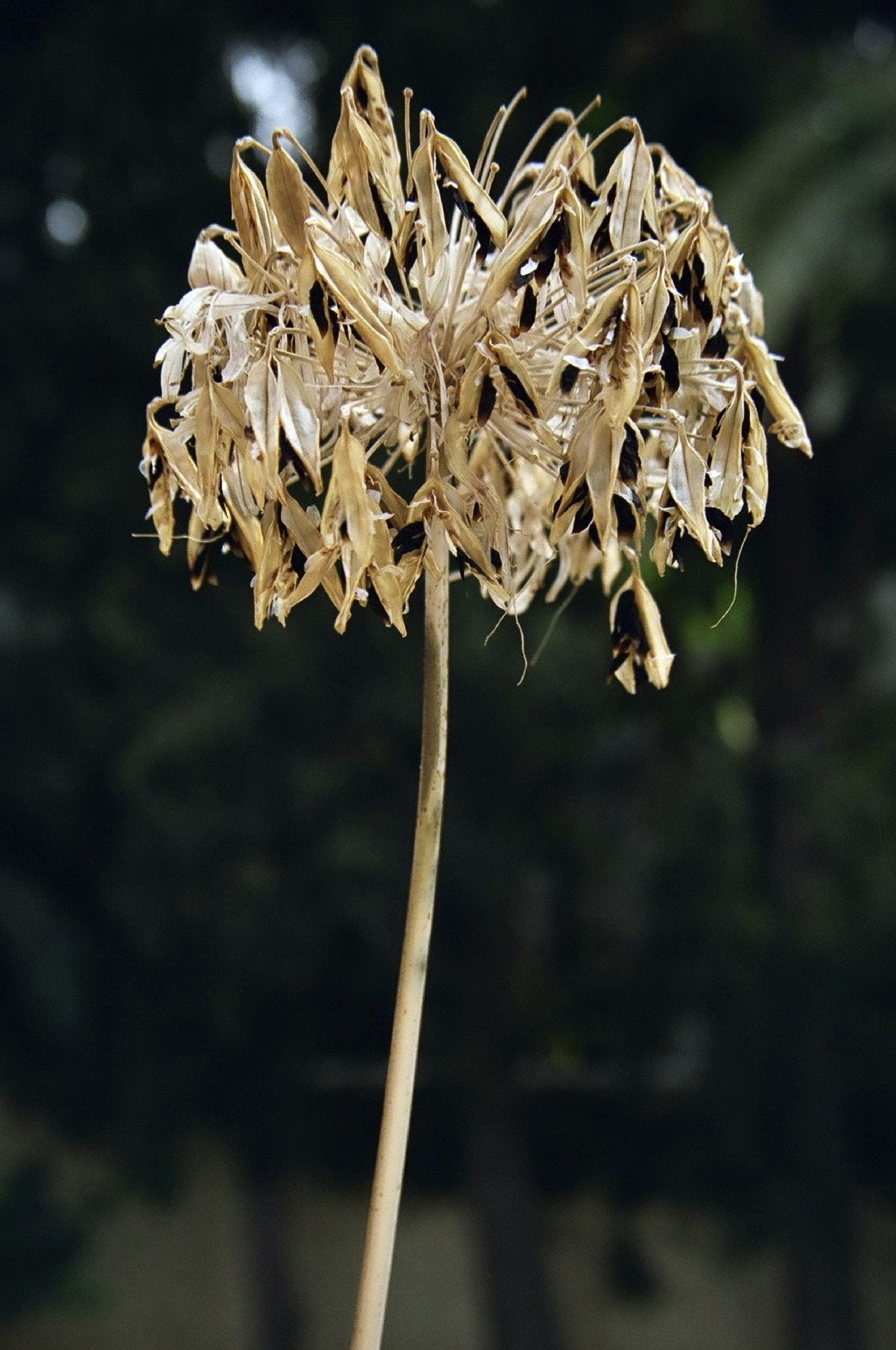

Trimming agapanthus plants is an easy task that keeps this perennial bloomer from becoming shaggy and overgrown. Additionally, regular agapanthus pruning can discourage rambunctious plants from becoming overly weedy and invasive. Read on to learn more about when and how to prune agapanthus plants.
Should I Trim Agapanthus?
Agapanthus is a nearly indestructible, summer-blooming plant that will likely survive even without regular maintenance. However, dedicating a few minutes to deadheading, trimming and cutting back agapanthus will pay off with healthier plants and bigger, more impressive blooms.
Trimming Agapanthus Plants: Deadheading
Deadheading – which involves simply removing blooms as soon as they wilt – keeps the plant neat and tidy throughout spring and summer. More importantly, it allows the plant to produce more blooms.
Without deadheading, the plant goes to seed and the blooming season is shortened considerably. To deadhead agapanthus, simply use pruners or garden shears to remove the faded flower and the stalk at the base of the plant.
Note: Agapanthus can become weedy and is considered invasive in some areas. If this is the case where you live, it’s critical to remove the blooms before they have time to develop seed heads and distribute seeds in the wind.
On the other hand, if this isn’t a problem in your region and you want agapanthus to self-seed for an impressive display in coming seasons, leave a few blooms intact at the end of the blooming season.
Cutting Back Agapanthus: How to Prune Agapanthus
Deciduous varieties – Cut back agapanthus stems to about 4 inches (10 cm.) above the ground at the end of the blooming season. However, if you like the texture and structure that spent plants provide to the winter landscape, cutting back agapanthus can wait until early spring.
Gardening tips, videos, info and more delivered right to your inbox!
Sign up for the Gardening Know How newsletter today and receive a free copy of our e-book "How to Grow Delicious Tomatoes".
Evergreen varieties – Evergreen agapanthus varieties require no cutting back. However, you can trim both evergreen and deciduous plants as needed to remove dead, damaged or unsightly growth. Unless the plant is diseased (which is unlikely for this hardy plant), it’s perfectly acceptable to toss the prunings on the compost heap.

A Credentialed Garden Writer, Mary H. Dyer was with Gardening Know How in the very beginning, publishing articles as early as 2007.
-
 Looking For Plants To Give You The Soft And Fuzzies? Try These 5 Fuzzy Leaf Plant Options
Looking For Plants To Give You The Soft And Fuzzies? Try These 5 Fuzzy Leaf Plant OptionsLovers of texture, drama, silver foliage and tactile plants will adore these special sensory garden additions. These fuzzy leaf plant options will leave you all aglow
By Susan Albert
-
 Get Ready For A Summer Of Hummers! Grow These Full Sun Hummingbird Plants and Flowers
Get Ready For A Summer Of Hummers! Grow These Full Sun Hummingbird Plants and FlowersIf you’re lucky enough to enjoy a sunny backyard, make sure you are maxing out on your pollinator opportunities and grow these full sun hummingbird plants and flowers
By Tonya Barnett
-
 Agapanthus Problems: Tips For Treating Diseases Of Agapanthus Plants
Agapanthus Problems: Tips For Treating Diseases Of Agapanthus PlantsAgapanthus is an attractive flowering perennial native to southern Africa. The plant is easy to care for and often disease free, but some agapanthus problems can be devastating. To learn more about agapanthus diseases and treatment, chick here.
By Liz Baessler
-
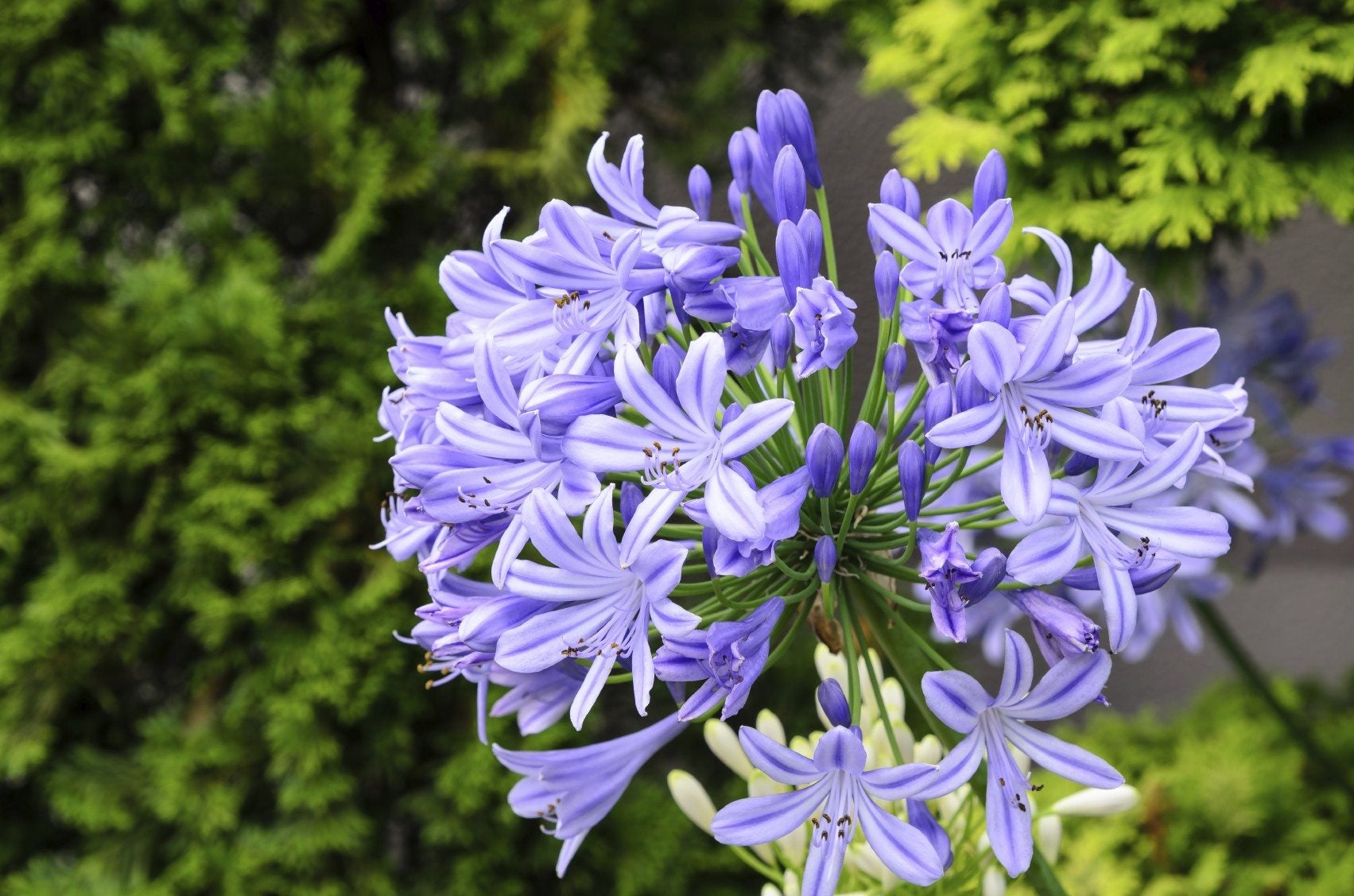 When To Fertilize Agapanthus – Tips On Fertilizing Agapanthus Plants
When To Fertilize Agapanthus – Tips On Fertilizing Agapanthus PlantsAgapanthus is a heavy feeder and does best with organic compost worked into the soil at planting and fertilizer during its growing period. Knowing when to fertilize agapanthus and what formulas to use will ensure big, bountiful blooms and healthy plants. Learn more here.
By Bonnie L. Grant
-
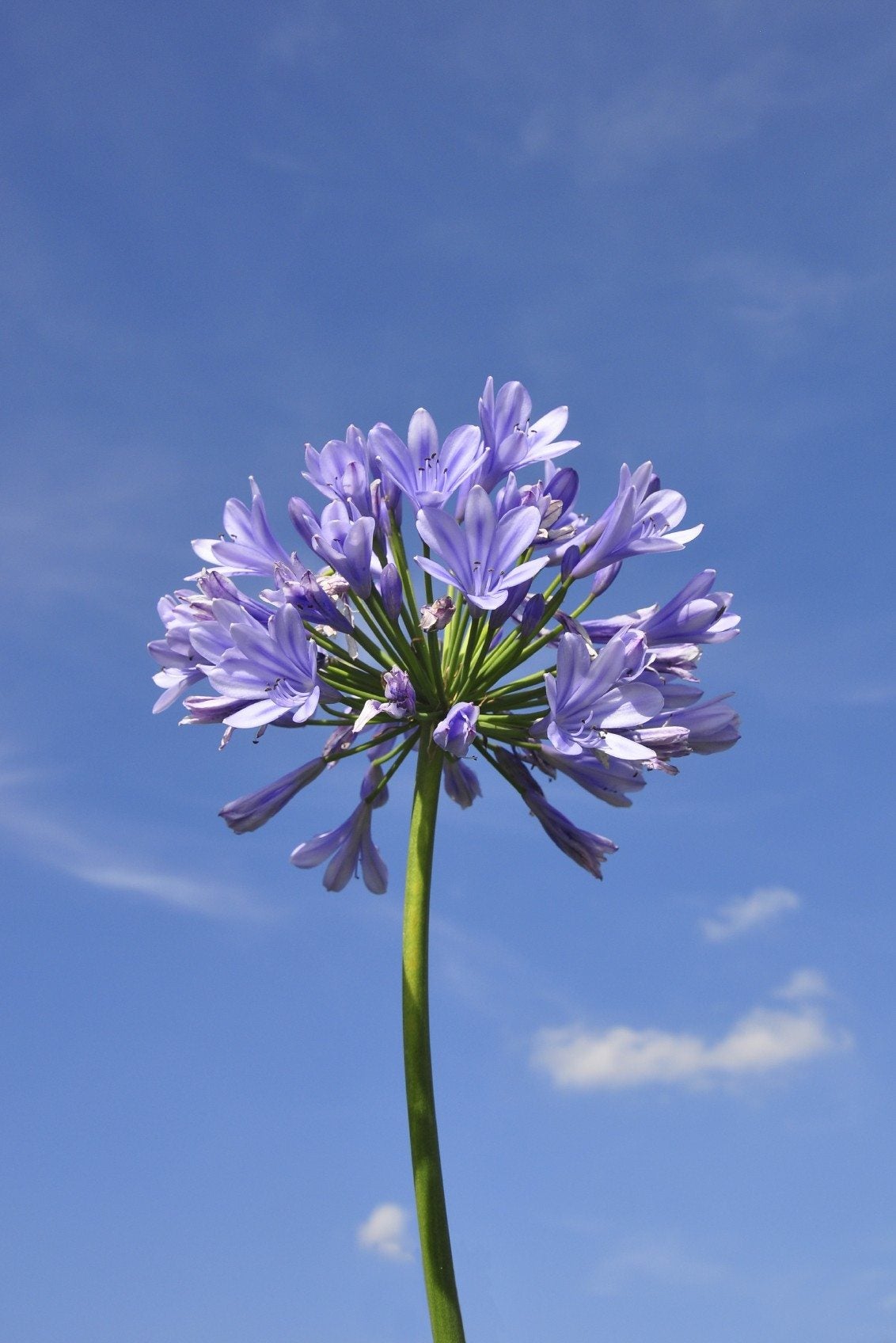 Agapanthus Flowering: Bloom Time For Agapanthus Plants
Agapanthus Flowering: Bloom Time For Agapanthus PlantsAgapanthus plants produce exotic-looking, lily-like blooms that take center stage in the garden. When is agapanthus bloom time and how often does agapanthus bloom? Click this article to find out so you can enjoy their flowers in your garden.
By Mary H. Dyer
-
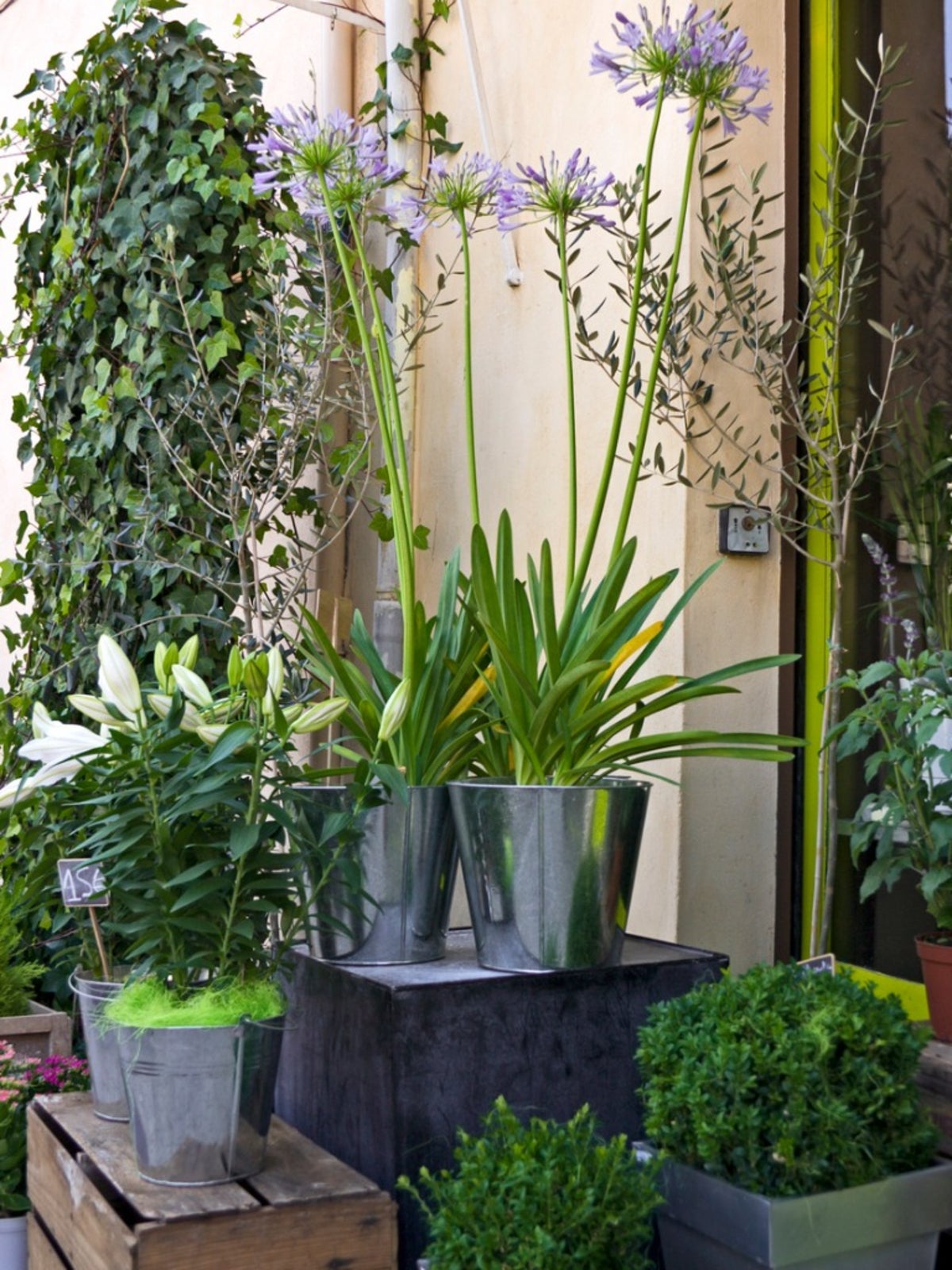 Agapanthus Container Planting: Can You Grow Agapanthus In A Pot
Agapanthus Container Planting: Can You Grow Agapanthus In A PotAgapanthus can be planted directly in the garden, but growing agapanthus in pots is very easy and worthwhile. Click the article that follows to learn more about planting agapanthus in containers and care for agapanthus in pots.
By Liz Baessler
-
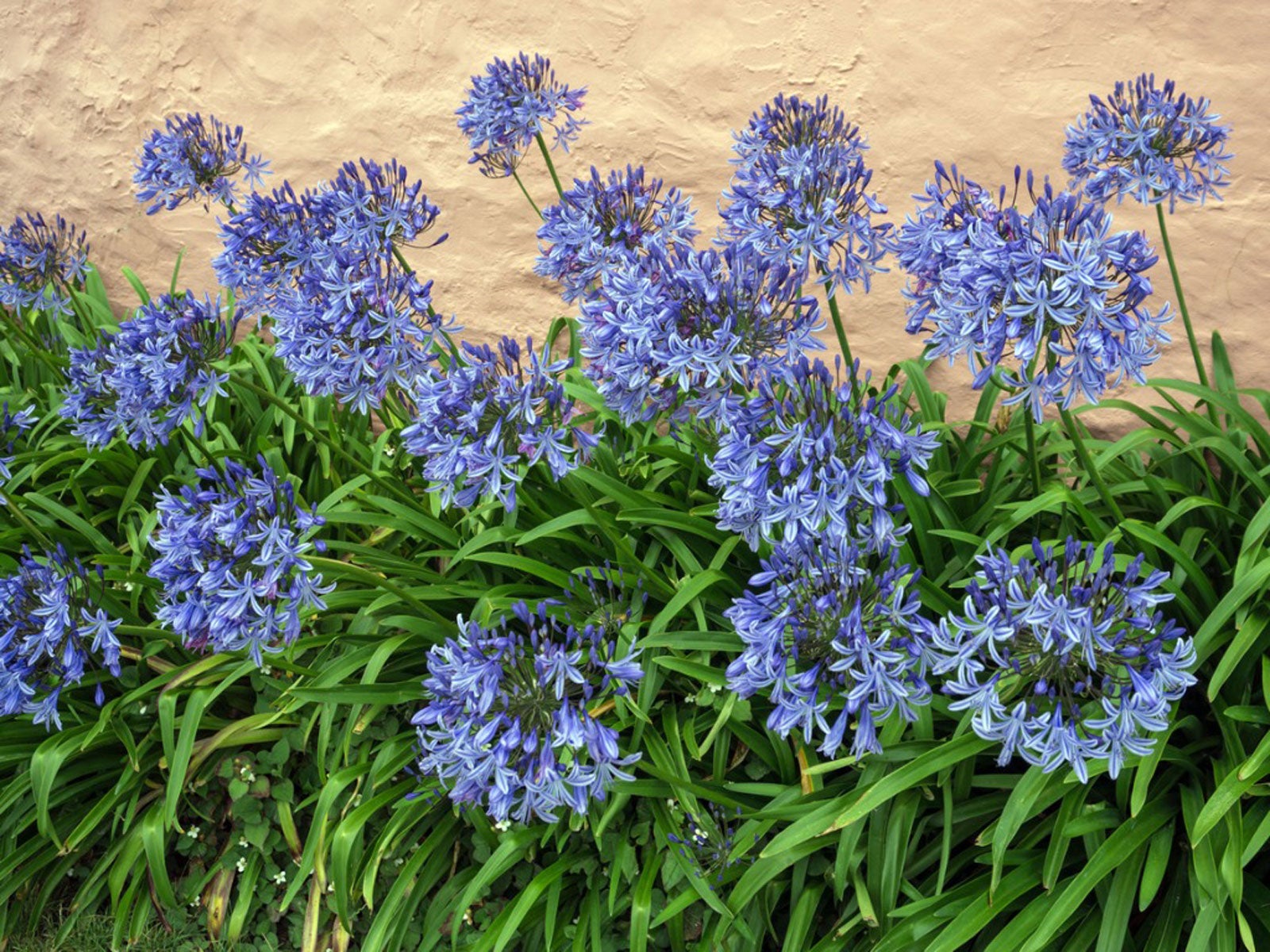 Dividing Agapanthus Plants: When And How To Divide An Agapanthus Plant
Dividing Agapanthus Plants: When And How To Divide An Agapanthus PlantYou can get extra plants by dividing and transplanting agapanthus. Learn more in this article so you can enjoy an endless supply of these flowers.
By Teo Spengler
-
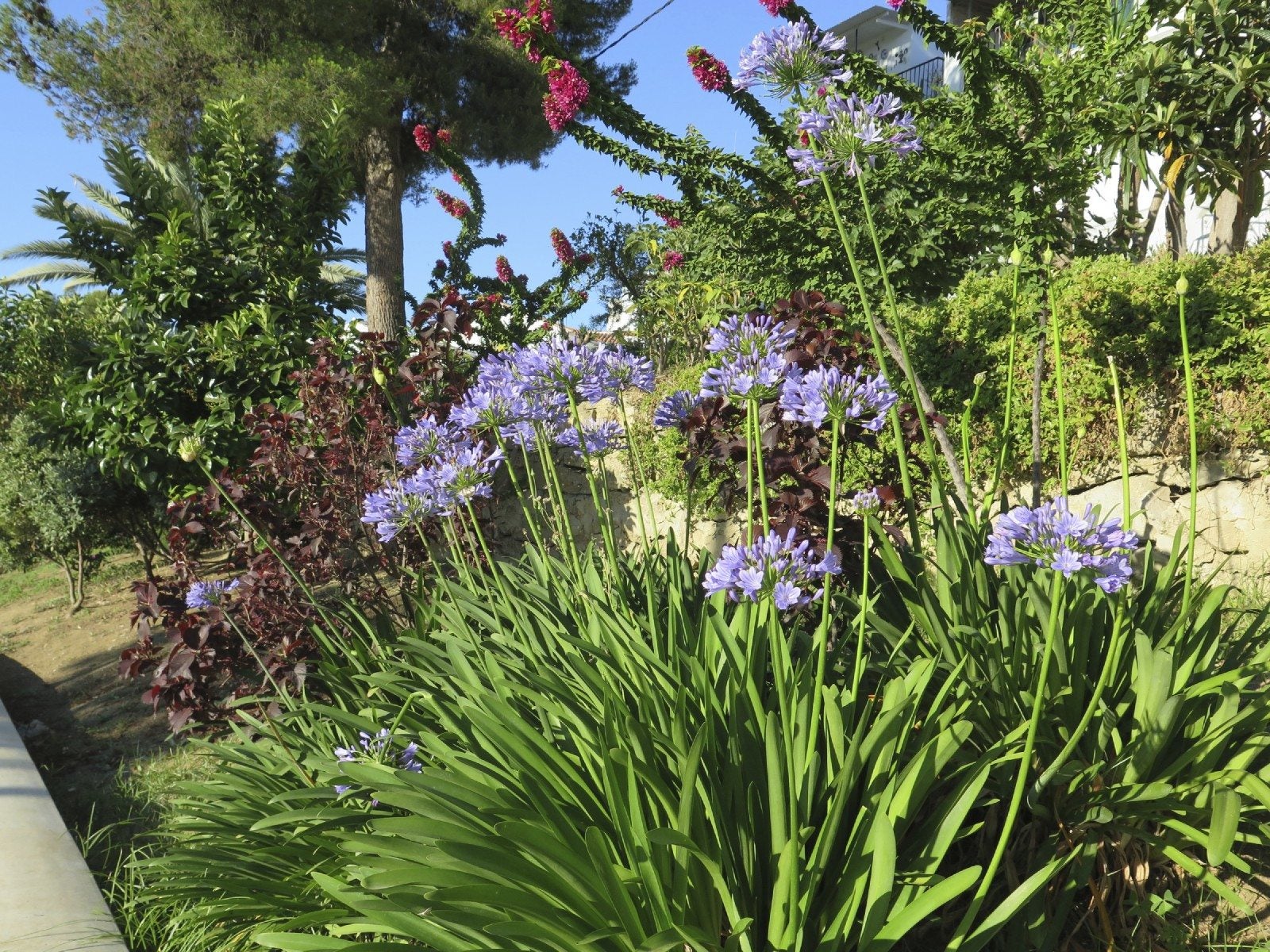 Companion Planting With Agapanthus: Good Companion Plants For Agapanthus
Companion Planting With Agapanthus: Good Companion Plants For AgapanthusAlthough you may be tempted to dedicate a flower bed to agapanthus, remember that agapanthus companion plants can complement these beauties. Click this article for information about plants that grow well with agapanthus.
By Teo Spengler
-
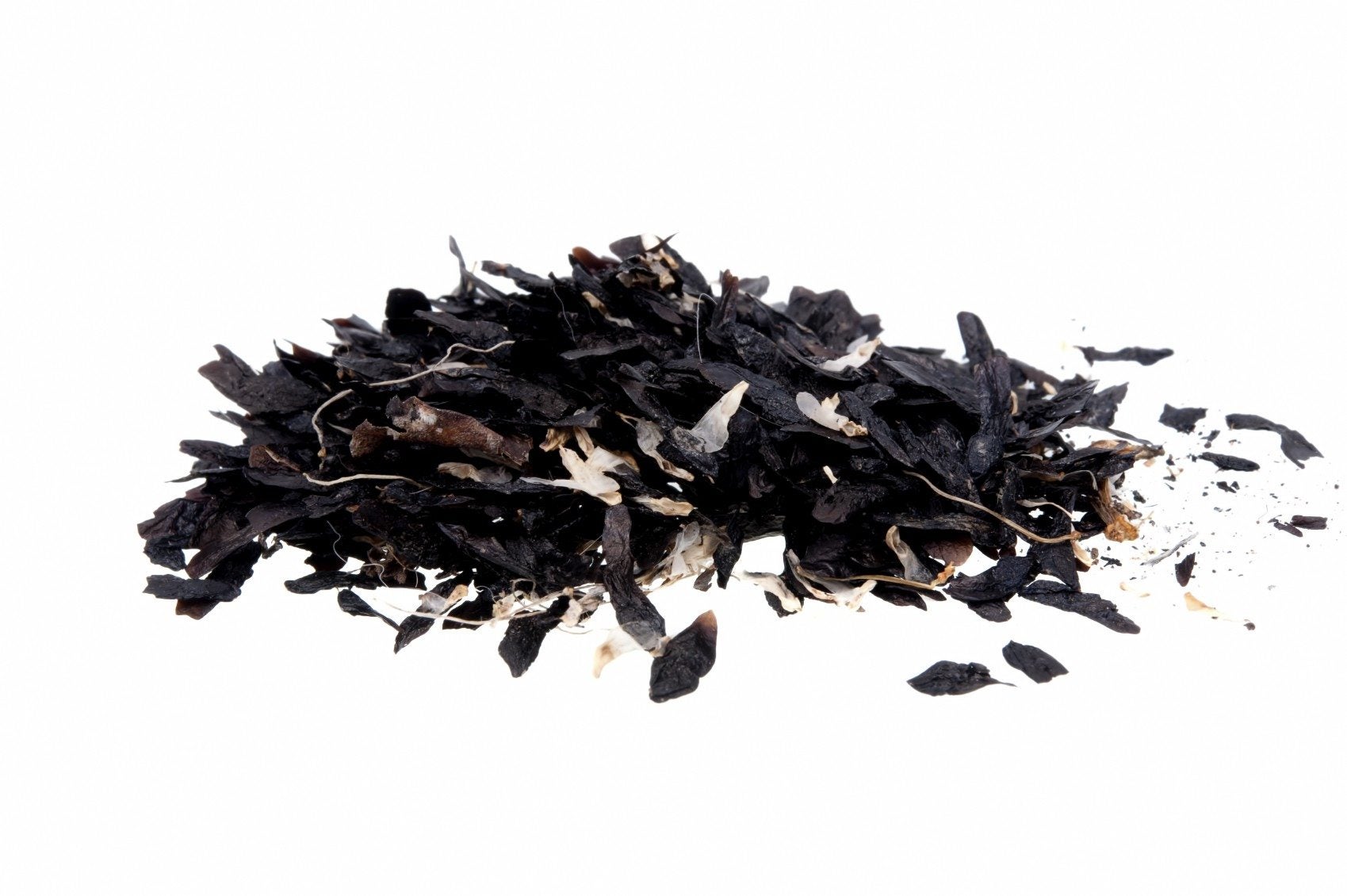 Agapanthus Seed Pods – Tips On Propagating Agapanthus By Seed
Agapanthus Seed Pods – Tips On Propagating Agapanthus By SeedAgapanthus seed propagation isn't difficult, but keep in mind that the plants likely won't produce blooms for at least two or three years. If this sounds like the way to go, read this article to learn about propagating agapanthus by seed, step by step.
By Mary H. Dyer
-
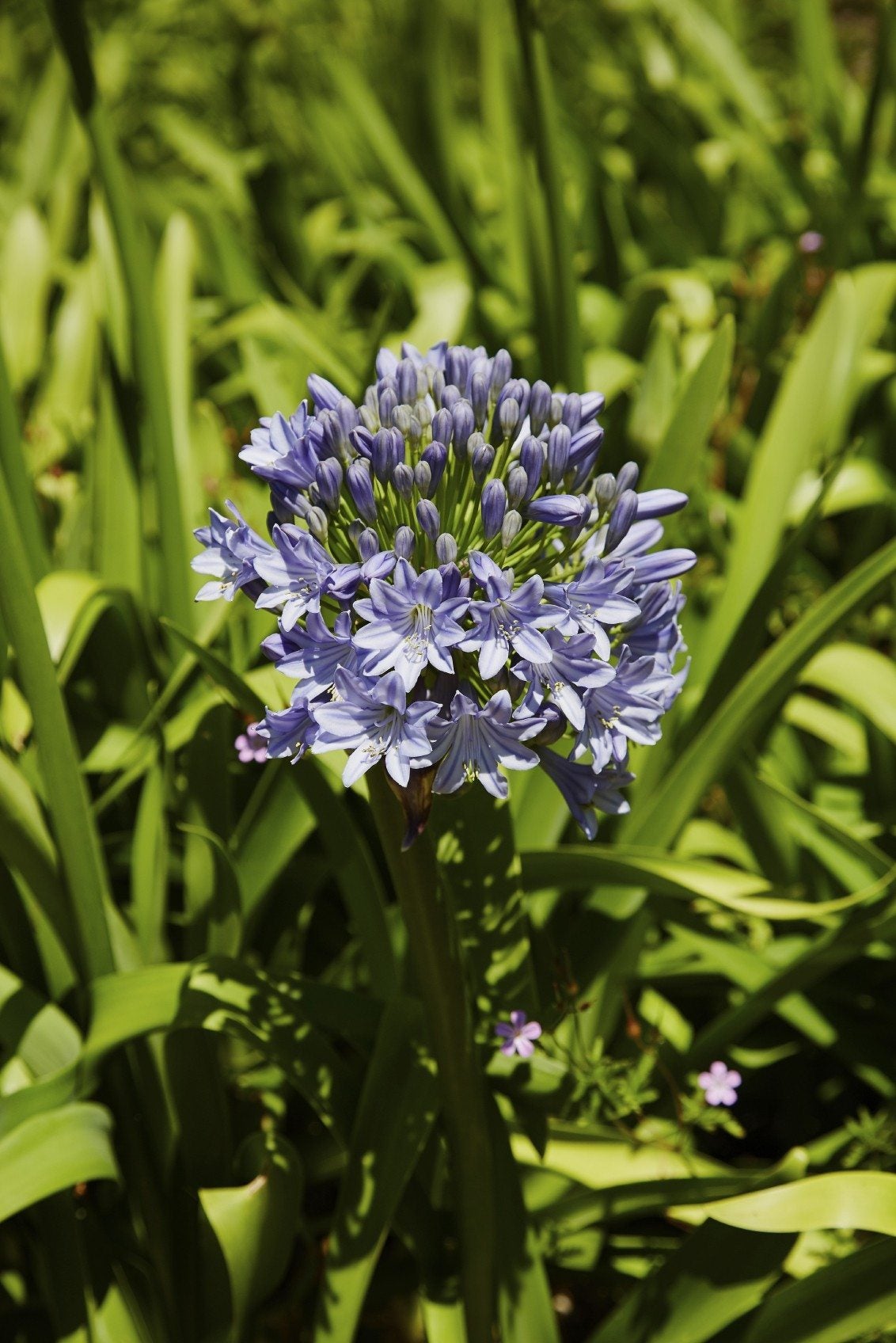 Does Agapanthus Need Winter Protection: What Is The Cold Hardiness Of Agapanthus
Does Agapanthus Need Winter Protection: What Is The Cold Hardiness Of AgapanthusThere is some discrepancy in the cold hardiness of Agapanthus. A U.K. gardening magazine undertook a trial in southern and northern climates to determine the cold hardiness of Agapanthus and the results were surprising. Learn more here.
By Bonnie L. Grant